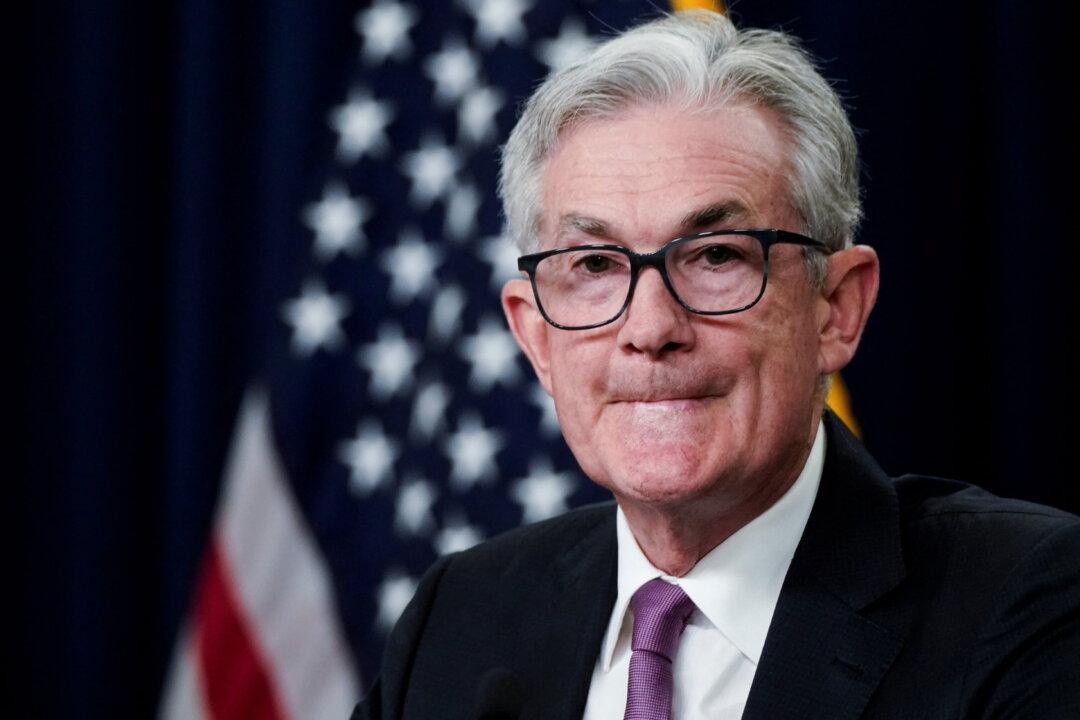Federal Reserve Chairman Jerome Powell, said on Sept. 8, that the central bank remains “strongly committed” to fighting inflation, but he still believes it can be tamed without the “very high social costs” as in past attempts to control prices.
Powell was interviewed in a 40-minute webcast by Cato Institute President Peter Goettler, as the central bank attempts a “soft landing” for the economy in the worst inflation crisis since the early 1980s.





